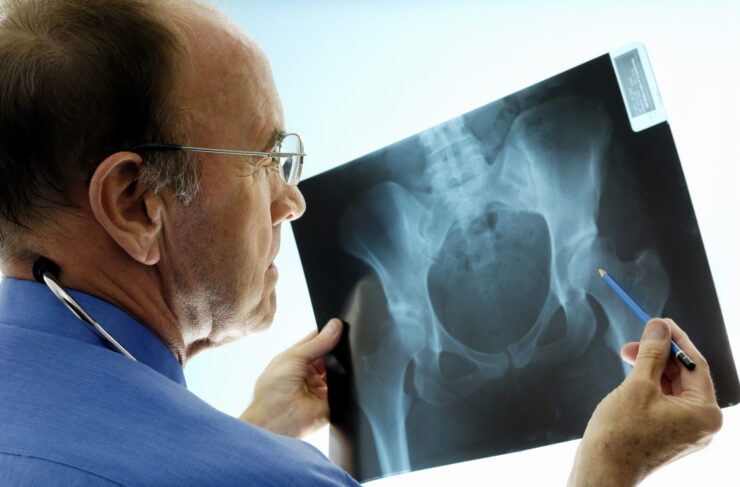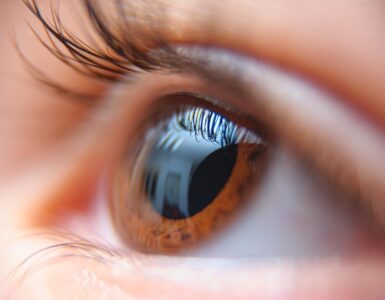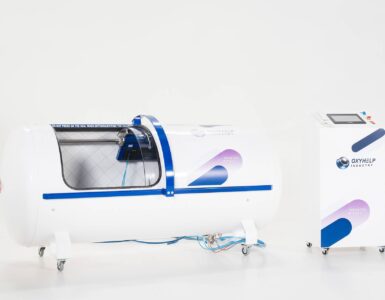Sometimes, we are unfortunate enough to find ourselves in an accident where our musculoskeletal system is affected.
This is when we need the best clinical care we can get; while some of those events might be due to a completed surgery, others may be caused by diseases. Consuming joint pain supplements such as these can also help to strengthen our joints and reduce the risks of pain. Below, we have listed some of the known orthopedic-related diseases you need to know.
Arthritis
Arthritis is one of many common rheumatic diseases that cause swelling in the affected area, restrict movements, and cause pain to the sufferer. This disease is known to affect the connective tissues and joints around the body. Arthritis can cause redness or inflammation of joints, and there are over 100 known different types of arthritis so far. But there two common types, namely, Osteoarthritis and Rheumatoid:
a. Osteoarthritis is the most common type of arthritis; it mostly affects weight-bearing joints like the knee, spine, and hip. It first damages the cartilage, then narrows the joint’s space. Osteoarthritis is also known to be responsible for causing bone spurs, bone overgrowth, and reduces function.
b. Rheumatoid arthritis is described as an autoimmune disease responsible for inflammation in the joint linings. In most cases, the inflammation can affect all the joints and the other organs, e.g., the lungs and heart.
Bursitis
This is the inflammation of a bursa. The bursa is defined as a closed sac filled with fluids that glide the surface, reducing friction between the body tissues and functions as a cushion. The main bursae (plural of bursa) are found next to the tendons, close to the larger joints like the knees, elbows, and shoulders. Bursitis has been medically proven to be a temporary condition, though it may limit movement but doesn’t cause deformity. There are five known types of Bursitis: Kneecap bursitis, Knee bursitis, Elbow bursitis, Hip bursitis, and Posterior Achilles tendon bursitis. There are other causes of bursitis, but the commonest ones are infection or injury.
Fibromyalgia
Fibromyalgia is a chronic condition that causes pain in the soft tissues and muscles in the body. It affects the chest, hips, neck, shoulders, arms, buttocks, and legs. The pain may worsen in the morning or evening, but sometimes it may even last the whole day or get worse when you engage in activities. Conditions like cold weather can trigger pain, and in most cases, stress and anxiety also contribute. According to research, Fibromyalgia affects 1 in every 50 persons in the United States, and most are middle-aged women.
Fractures
Orthopedic physiotherapy has a lot to do in the case of fractured body parts. A fracture is a complete or partial breakage of bone(s) in the body. There are five different types of fractures: Greenstick, Transverse, Oblique, Spiral, and Compression. It is left for an Orthopaedic therapist to come out with the best method to handle a fracture. A fractured bone is classified into two parts: closed and open fracture.
a. Open Fracture or compound fractures are bones that poke through the victim’s skin and can be visibly seen. This kind of fracture happens when deep injuries lead to the explosion of the bones through the skin.
b. Closed Fracture or simple fracture is associated with broken bones that still have the skin intact.
Kyphosis
This is the curvature of the spine, it measures 50 degrees on a normal scale, but it looks more on an X-ray. Diagnosing it using an invisible electromagnetic energy beam produces images of bones, internal tissues, and other organs onto the film. A normal spine looks straight when you view it from behind. But when it is affected by kyphosis, it starts showing evidence of a forward curvature of the vertebrae in the upper back; it gives it that abnormal humpback appearance.
Finally, those diseases we mentioned above are not the only ones that are the most frequent. There are other orthopedic-related diseases like Hand Pains, Knee Pains, Neck Pain, Osteoporosis, Scoliosis, Soft-Tissue Injuries, etc. But no matter which disease you suffer from, make sure you work with the right orthopedic physiotherapist.




























